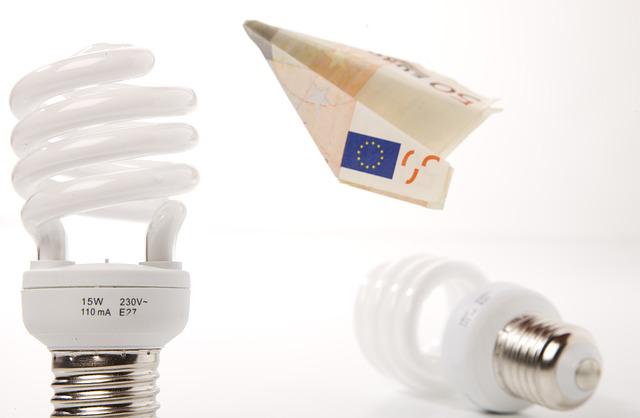The home office has many advantages, both for employees and employers. Working from home takes the pressure off road traffic and public transport, saving resources and time. Disadvantages can include increased loneliness, the merging of work and private life, and increased electricity costs. The latter is coming to a head in the wake of the current energy price crisis and the associated increase in electricity prices. In the last 20 years, the price of electricity has doubled. The reasons lie in the price increase of fossil energy sources. This guide shows you how you can continue to enjoy the benefits of a home office despite rising electricity prices.
Set up your workstation
For very few people, the home office workplace is there from the start. Many have a desk, a table lamp and perhaps even a comfortable chair, but the new workplace is not equipped for a full day’s work.
First and foremost, health and ergonomics should be considered when setting up the workplace. But power consumption should also not be ignored when setting up: Here are some tips on how to be well equipped in the home office.
Acquire new work equipment:
If new work equipment is to be purchased, it is very easy to save electricity. Nowadays, electrical appliances are labelled with an energy label that divides them into different classes depending on their energy consumption. Class A indicates low energy consumption, class G high. You should also check the efficiency of your current electrical appliances. If you find power guzzlers among them, you should think about buying new and more efficient appliances.
Demand-oriented appliances:
Depending on what you need your electrical appliances for, you will be able to fall back on an energy-intensive or a less energy-intensive model. For most office tasks, a regular laptop is sufficient, which consumes between 50-70 per cent less electricity than a traditional computer. Split monitors are certainly helpful in the office, but depending on the workday they may be dispensable. Ask yourself what equipment you really need for your work.
Lighting:
The right lighting helps to increase well-being and performance during working hours. However, a good desk lamp is sufficient for this purpose. Make sure that it does not dazzle and is not reflected in the monitor. Energy-saving lamps or models with LEDs require between five and nine times less energy and are also more durable than conventional alternatives. Lamps with a dimmer function also save electricity and the brightness can be adjusted to personal needs.
Everyday work in the home office
The home office is not like working in an office. They are more flexible and individual in their use of available resources. Accordingly, the habits of use should also be adapted with regard to the use of electrical appliances.
Use devices efficiently:
Although it is convenient to always leave the computer on, even at home, this habit only consumes unnecessary electricity. Nowadays, the computer clearly consumes less energy for switching on and off compared to the stand-by mode. Therefore, when you take a longer break, especially after work, you should switch off the computer completely and remove it from the power supply. During active use of the computer, you can reduce the brightness of the monitor to save additional energy. You should generally avoid screen savers.
Multiple sockets:
Some electrical devices that are plugged into the socket consume electricity even when switched off. It is therefore advisable to use multiple sockets that can be switched off and to switch them off when the connected devices are no longer in use.
Temperature:
Basically, a room temperature of about 20 degrees is recommended. In summer, air conditioning should not be used. Instead, the windows should be darkened so that the sun cannot heat up the room. If it is very hot, a fan can help. Airing should take place in the early morning and the windows should be kept closed for the rest of the day.
